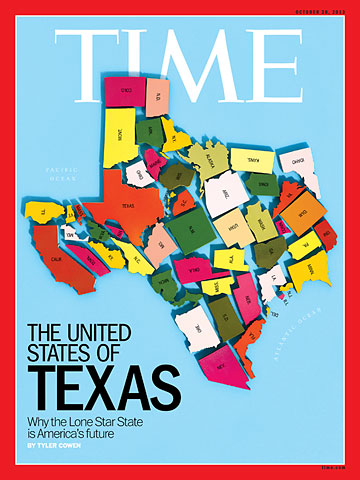
(7 of 9)
"I wanted a career change," he says. "I wanted to do something more creative, and I would fantasize about being an artist."
So five years ago, Swec moved to Austin. "My friends thought I was crazy--why would I move to Texas?" he says. "They also wondered why I would leave a six-figure job. I saw it differently. I wanted my job to give me a happy life."
After moving, Swec first worked as a bartender, then as a waiter. Then he got a job doing silk screens for a design company. Inspiration came along when he came across papers his grandfather had collected--scrapbooks filled with calligraphy and hand lettering. He found he had an affinity for the art of lettering, and as he worked on an outdoor mural, he wondered why he didn't do this for a living. So he took up a career as a sign painter.
His hand-lettered signs now appear on the walls and doorways of some of Austin's newest, liveliest restaurants and pubs. "My friends out in California don't understand why I like it here," Swec says. "But I have just developed a fondness for the local way of life."
In the coming decades, some people may even go to extremes in low-cost living, like making their home in micro-houses (of, say, about 400 sq. ft. and costing $20,000 to $40,000) or going off the grid entirely. Brad Kittel, owner of Tiny Texas Houses, blogs about his small homes built from salvaged materials at tinytexashouses.com His business, based in the small rural community of Luling, east of San Antonio, offers custom homes, plans, and lessons on how to be a salvage miner. So far he has built about 75 tiny homes, and he has plans for a tiny-home community built around a sort of central lodge house. Kittel, 57, is a former Austin developer who pioneered the gentrification of a crumbling East Austin neighborhood in the late 1980s. These days most of his buyers are baby boomers. "Downsizing was just a whisper. Now it's turning into a mantra," Kittel says. "My generation, we were accumulators--big houses, big cars. But now we have no big resources."
The micro-home trend is being watched by traditional homebuilders as well. Texas-based developer D.R. Horton, a member of the New York Stock Exchange and one of the largest homebuilders in the country, built 29 micro-homes sized from 364 to 687 sq. ft. in Portland, Ore., last year for an average price of $120,000 to $180,000--admittedly far from the company's headquarters in spacious Fort Worth.
In some ways, the new settlements of a Texas-like America could come to resemble trailer parks--culturally rich trailer parks, so to speak. The next Brooklyn may end up somewhere in the Dakotas. Fargo, anyone?
Nonetheless, America, a historically flexible nation in cultural and economic terms, will adjust. One of our saving graces may end up being just how wasteful we've been in the past. It will be possible for many consumers to cut back significantly on spending without losing too much in terms of material well-being and happiness.
